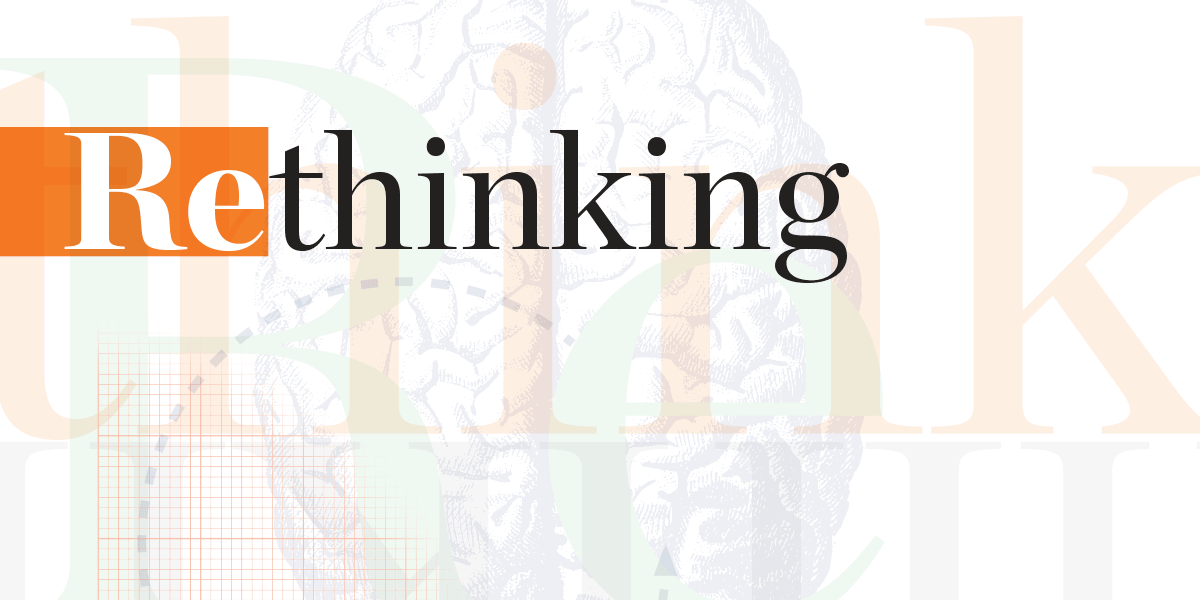Rethinking teaching and research
Pandemic forces faculty shifts in generating and sharing knowledge

Binghamton is a sleepy place at 3 a.m. Diren Valayden is usually among the folks catching z’s at that hour. But occasionally, the assistant professor of human development is awake, in front of his computer screen at home and plugged into a conference in India, where it’s early afternoon.
“Conferences have gone virtual and are happening all over the world,” Valayden says. “With the global time difference, you might be at a conference in the middle of the night. It’s unfortunate that we don’t have the whole range of interactions we used to have. A lot of research ideas come from conferences and networking in person.”
It’s one of the many adjustments College of Community and Public Affairs (CCPA) faculty have made since the emergence of COVID-19. Research and teaching have been upended, requiring a positive outlook, flexibility and creative solutions to getting work done. In March 2020, when the University announced the suspension of in-person classes and a transition to fully remote instruction, the change was abrupt. Yet Valayden didn’t find it difficult from a technical standpoint. “I’m an immigrant so I’ve used Skype for a long time to communicate with family and friends,” Valayden says. “I was accustomed to using video technology to interact with people, but not for teaching.”
Not the same without a live audience
The tough part, for Valayden, was missing the thrill of performing on the figurative stage and feeding off the energy of the students in his human development capstone class and his courses on theorizing social change and human rights. “When you’re physically present, there is eye contact and you know if people are paying attention or not,” Valayden says. “On the screen, it’s hard to know what’s landing and gauge the response to what you are delivering.” Valayden’s colleague in human development, Ren Rojas, feels the same. Rojas says the end of spring semester 2020 wasn’t hard because he was teaching a master’s level course that was moving into student-led workshops. The struggle was real though when he tried teaching a graduate course in the fall using a hybrid model with some students in the classroom and others simultaneously online. Rojas found that excelling as a teacher in person and online were mutually exclusive so by mid-October, he decided going full remote — focusing on one modality — would be best for everyone. “I’m the kind of instructor who moves around a lot,” the assistant professor says. “I had to be careful under COVID-19 conditions that I wasn’t moving close to the students, but I had the full front of the seminar room to myself. That gets my energy going. But, I was moving in and out of the camera shot, so students at home couldn’t see me or hear my voice as clearly.”
Keeping students connected
As the mode of instruction changed, content had to be adjusted as well. Instead of group presentations, Valayden had students do more individual work and leveraged online discussion boards to increase interaction. Rojas used Zoom tools such as polls and breakout rooms to keep students in his Oppression, Dignity and Social Change course engaged with the material and each other.
“We had just come off a summer of mass mobilization and protests on the streets,” Rojas says. “The election took place in the midst of the semester, and I knew most of my students were following it, so I constantly drew on what was happening in the country to make sure engagement stayed high.”
Just being able to participate in coursework at all wasn’t something to take for granted. Socio-economic gaps between students became more obvious during the pandemic. Many students who used the University’s computers and internet didn’t have these resources at home and struggled to have the same experiences as students with easy access to laptops, Wi-Fi and webcams.
“The pandemic had a differential impact in terms of online learning,” Valayden says. “People have always had different levels of access to digital tools, and now we’re seeing new forms of inequalities that might not be readily grasped through a more traditional way of seeing things. When we design coursework, [we should] think about access to online learning.”
Sometimes your backyard has what you need
As is true for other areas of life, the pandemic hasn’t been all negative. Sometimes, you give up Plan A only to find a Plan B can satisfy. Rojas was disappointed when he couldn’t travel to continue his research into coordinated labor markets in post-collapse Argentina; this was the basis for his dissertation at New York University, which he completed in 2017. Obtaining material for a book manuscript would’ve required lengthy face-to-face interviews and Zoom isn’t a viable solution — the richness of the in-person interaction is lost — so that project is on hold.
In its place, he worked with secondary sources to produce papers on the impact of neo-liberal changes and market reforms on labor and social movements in Latin America. He’s also studying determinants of far-right attitudes in local American populations.
“This is such a fascinating time in the U.S.,” Rojas says. “There is so much social change and so many developments politically. My thinking is that I’d turn this difficult circumstance into an opportunity. [The pandemic] is not a total loss. I’ve managed to keep my research going in my primary vein of scholarship and open another area as well.”
